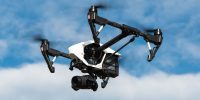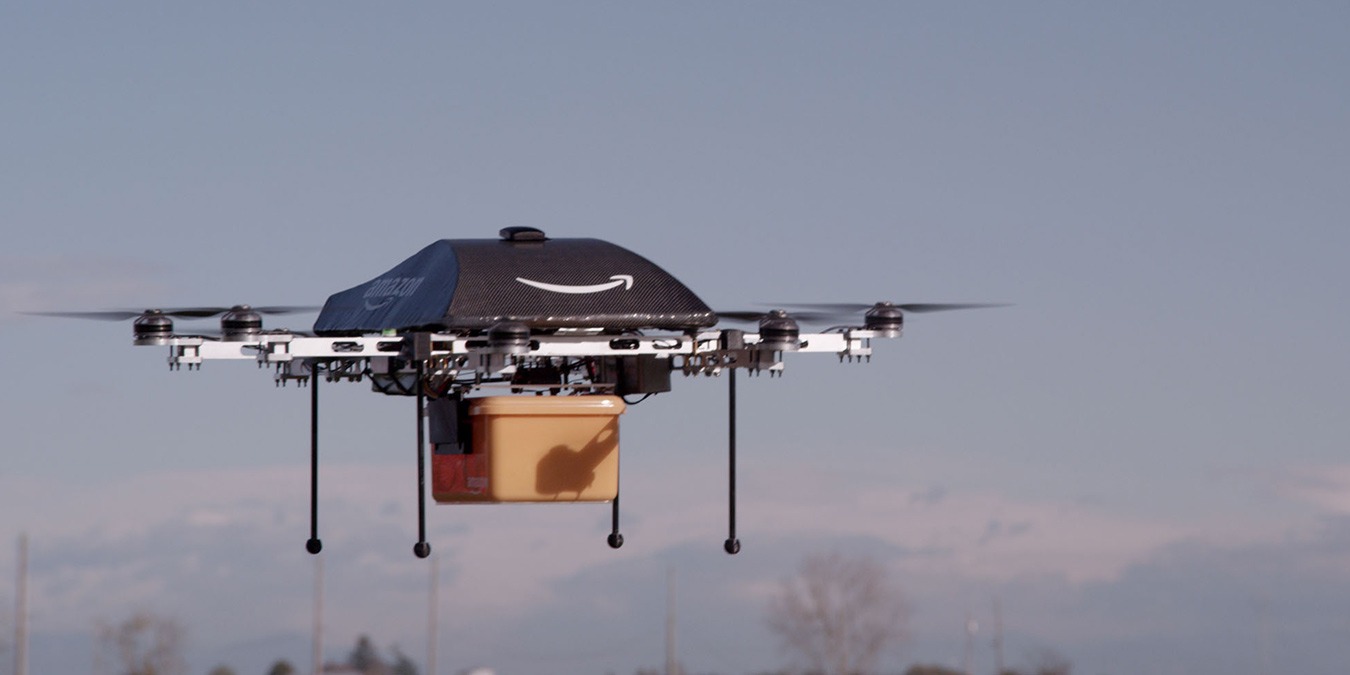
What’s that in the sky? A bird? A plane? Your socks? Pizza? Blood? If the current rate of progress on drone delivery services continues, a lot of things could soon be buzzing around over our heads in both cities and rural communities alike. Amazon’s Prime Air service is getting a lot of press, but Uber Eats is also in the game, along with big-name companies like Google and UPS and startups like Flirtey, Flytrex, Matternet, and Zipline. The technology to get autonomous delivery drones into the skies is already here, but getting the regulations, safety measures, and infrastructure in place to make Amazon’s promised 30-minute delivery times a reality will probably take a little more time.
All of these companies have slightly different approaches, but most of the drones have a few key features in common:
- They’re autonomous and self-guided, meaning they navigate their own routes and avoid any obstacles using onboard systems like machine vision and AI.
- They come with lots of built-in safety features, from redundant rotors to parachutes, to help avoid potentially deadly crashes.
- Their weight limit is just a few pounds/kilos, so initial deliveries will be quite small.
- Many of the drones are VTOL — vertical takeoff and landing — models, which allows them to launch and land from pretty much any surface.
Amazon Prime Air
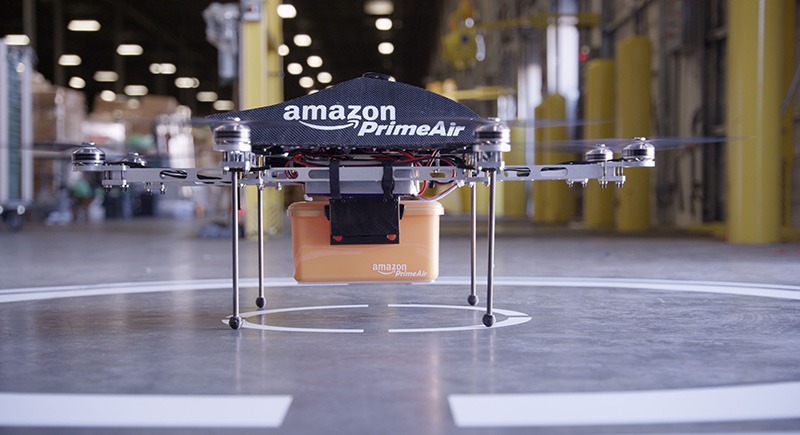
When Amazon says it’s going to do something, there’s a pretty good chance it’ll happen. Their Prime Air project has been in the works for years now, and they’ve been making steady progress, testing and doing trial deliveries in several countries.
Their drones are fully autonomous and have built-in sense-and-avoid systems that allow them to deal with obstacles even if they’re not connected to any network, which is an important safety measure that’s helping them get the regulatory green lights they need. Ultimately, they hope to have Prime Air hubs that send drones out to fulfill orders at a speed more akin to pizza delivery than post.
UPS Flight Forward
Amazon’s biggest competitor for the delivery market may be UPS, though, which has teamed up with the Swiss Matternet drone company to build a delivery network. They’re already ferrying medical samples around hospitals in North Carolina, and with their new Flight Forward division, we might eventually see UPS trucks driving around with autonomous drones buzzing in and out – an idea they’ve already tested in Florida.
Wing
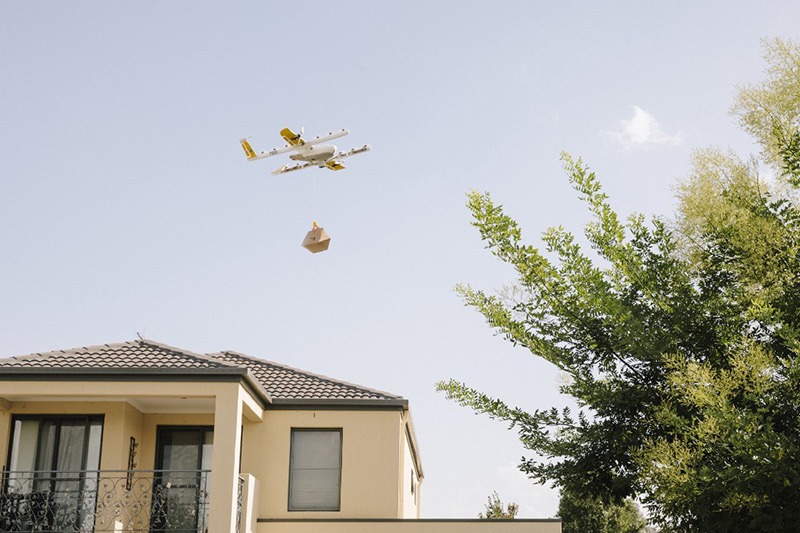
Alphabet’s Wing subsidiary has been approved to deliver packages via drone in Virginia and has already run trials in Australia and Finland, mostly delivering food and coffee. Their drones are automated, like Amazon’s, but also overseen by pilots in case of emergency. Their delivery system is also a bit different, as the machine never lands – it lowers a tether to pick up and deliver products.
Uber Eats Express
Uber Elevate is experimenting with air taxis, but it seems logical to start with food instead of people. Their first successful drone food delivery took place in San Diego, which, as a dense urban environment, presents more challenges than the rural areas where a lot of drones are currently being tested. Uber Eats may get around this by providing designated drop-off boxes where couriers can pick up meals and take them the last mile.
Flirtey
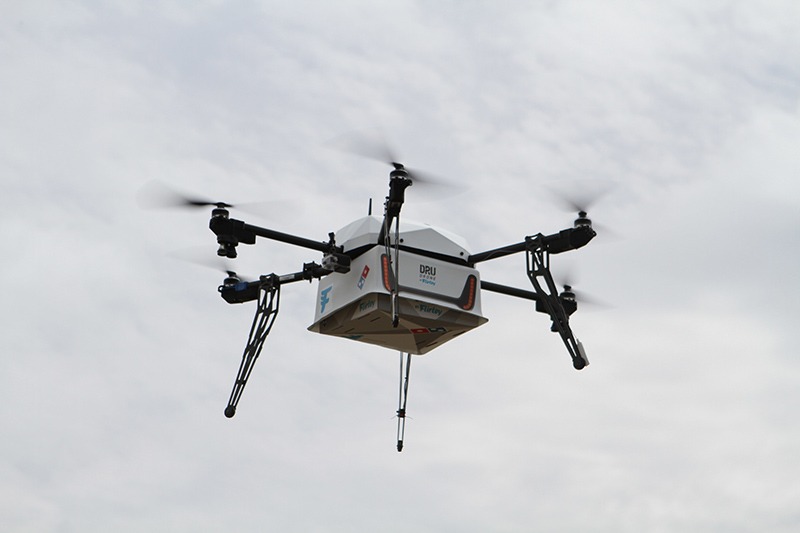
As it’s an independent drone delivery startup, you may not have heard of Flirtey, but they’ve been behind a few of the stunts you’ve probably heard about on the news. They’ve delivered Domino’s pizzas in New Zealand and 7-Eleven Slurpees in the U.S., and they’re always looking into new markets. One of their more innovative endeavors is a program in Nevada trying to dispatch drones carrying defibrillators to heart attack patients, allowing people on the scene to administer first aid before the ambulance arrives. Their drone is actually in the Smithsonian Air and Space Museum in Washington DC, as they made the first FAA-approved drone delivery in the US.
Flytrex
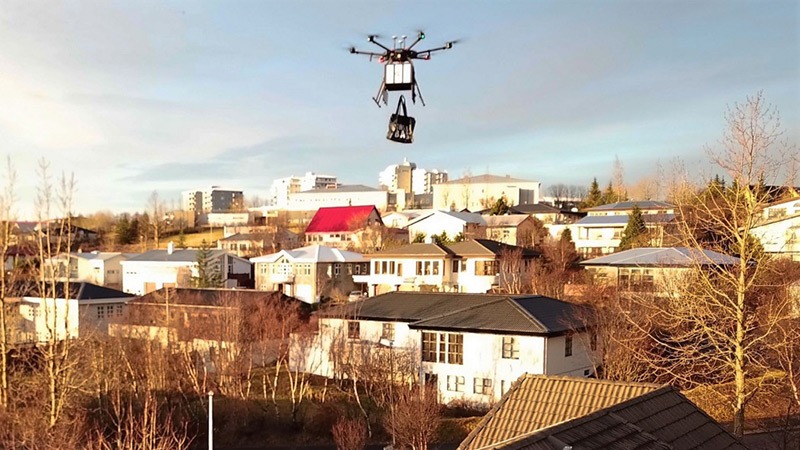
With operations in both Iceland and North Dakota, it seems that Flytrex has a thing for cold weather – or maybe low population density. Their drones have mostly been carrying food so far, promising quick delivery in Reykjavik and even quicker delivery in North Dakota, where their drones have been delivering meals from a restaurant to players on a golf course. They’ve also been delivering mail in Ukraine and are looking to set up commercial operations in North Carolina and other states. One thing that sets their drones apart is the lack of cameras. Out of sensitivity to privacy concerns, they’ve chosen not to use visual sensors to navigate their drones.
Zipline
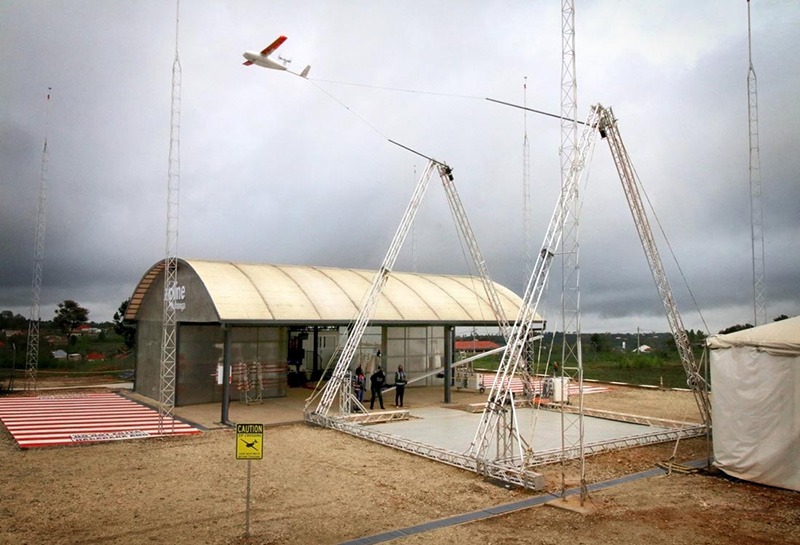
You might not see these flying over your neighborhood in the very near future, but Zipline’s drones are saving lives in Rwanda and Ghana. In countries where some clinics are remote and poorly served by distribution systems, sending blood and medical supplies by drone is a game-changer.
Matternet
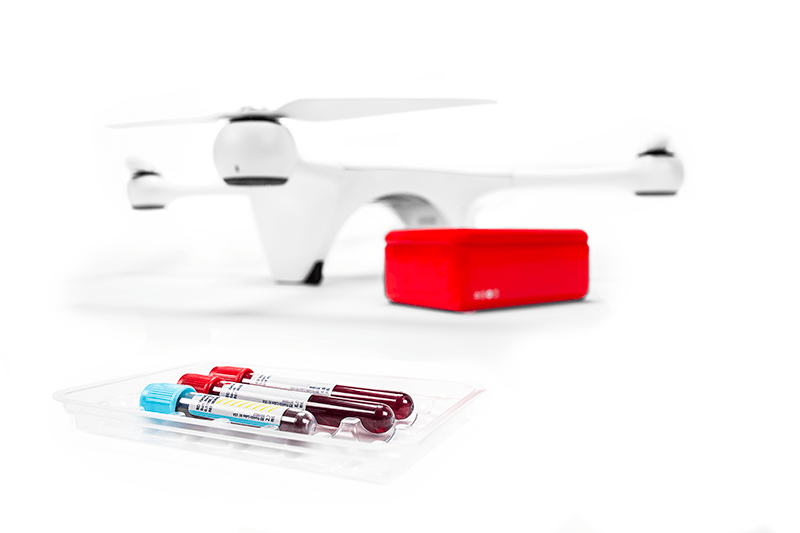
With investment from Boeing and partnership deals with UPS, the Swiss drone startup Matternet is already using drones to ferry packages from vans to their destinations around Zurich on a trial basis. They’ve also been delivering medical supplies and humanitarian aid in Switzerland, the U.S., and elsewhere.
And when will our pizzas be coming from the sky, exactly?
Odds are good that delivery drones won’t be an unusual sight soon, but compliance with safety standards and regulations is going to take some time. That’s probably for the best. We don’t want mid-air collisions and drones falling out of the sky onto people’s heads, even if they do come with built-in compensation in the form of a free meal.
There are some big names working hard on this, though, and it seems likely that suburban/rural areas will see limited drone activity quite soon, as their airspace is less crowded and traditional delivery more difficult. Also, you thought dogs hated the mailman, but the mail drone will enable a whole new world of canine animosity.
Image credits: Matternet, Flytrex, Amazon Prime Air, Flirtey, Wing, Zipline
Get the best of IoT Tech Trends delivered right to your inbox!
